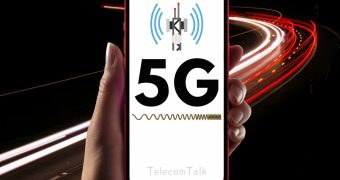
Qualcomm has launched the Snapdragon 6 Gen 4 platform for smartphones. The '6 Gen' series from Qualcomm has usually been for affordable phones priced around USD $200-250 or Rs 17,000-20,000 in India. The new Snapdragon 6 Gen 4 will again likely power the affordable segment devices. So what's new this time? Let's understand what the chip comes with.
Read More - OnePlus Pad 2 Long-Term Review: Entertainment and Productivity Workhorse
Qualcomm Snapdragon 6 Gen 4 Benefits and Specifications
Qualcomm, for the first time, has included support for Snadragon Game Super Resolution which will intelligently scale the visuals from 1080p to 4K while optimising for battery power and performance. Gaming will be much better in visuals than before, with smoother frame rates.
Of course, the Qualcomm Snapdragon 6 Gen 4 can also handle on-device Gen AI routine tasks with ease. There's also support for INT4 precision for the first time in a '6 Gen' series chip which makes AI powered experiences faster while preserving battery life.
Read More - iQOO Neo 10R will be the Most Powerful Phone in its Segment: iQOO
In the performance department, the chip has 11% faster Kryo CPU and a 29% more powerful Andreno GPU. The power efficiency has also gone up by 12%, which could result in better battery life for the devices. Snapdragon 6 Gen 4 is clocked at 2.3 GHz. The chip is built on the 4nm process and suppports LPDDR5 RAM and FHD+ resolution at 144Hz refresh rate.
Qualcomm has included Snapdragon Low Light Vision (LLV) in the chip which will help with reducing noise for well-lit images and videos, day or night. Further, up to 200MP single shots capturing available. It can caputre videos at up to 4K at 30fps and can support a triple camera setip with 16MP sensors.
There is Lossless audio streaming support from Qualcomm which will enhance the audio experience when listening to something via Bluetooth. With the Snapdragon 5G Modem-RF system, the devices are going to offer extremely fast and responsive 5G experience with both the C-band and mmWave band networks.'















